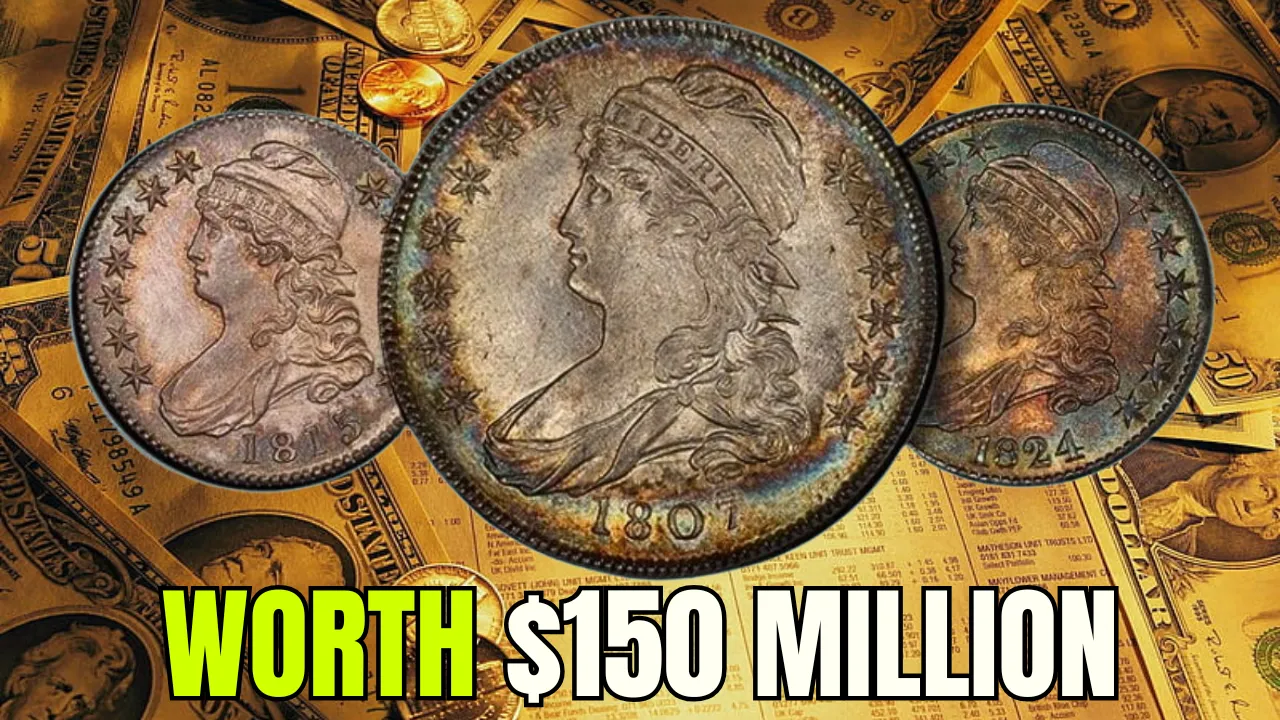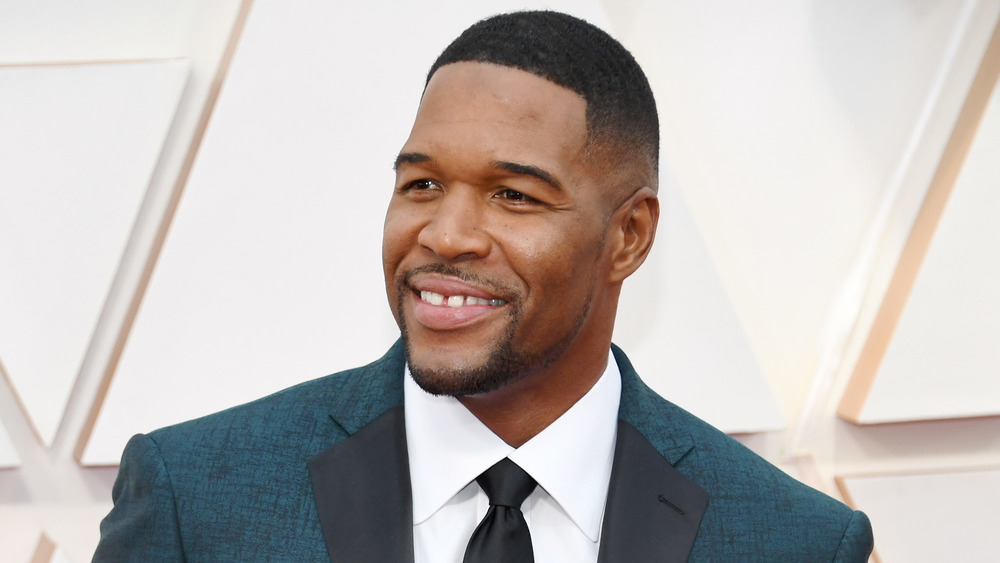Laurence Olivier, a legendary actor renowned for his groundbreaking contributions to theater and cinema, remains a figure of fascination even decades after his passing in 1989. Born on May 22, 1907, Olivier had an illustrious career that spanned over five decades, leaving behind an estimated net worth of $20 million (dies at 95) at the time of his death. Central to his story, however, are the women he shared his life with. Who were Laurence Olivier’s wives, and what roles did they play in shaping his personal and professional journey? This article explores the lives and relationships of the women behind the man.
Who Was Laurence Olivier’s First Wife?
Laurence Olivier’s first wife was Jill Esmond, a talented British actress whom he married in 1930. Their union was largely influenced by social expectations of the time. Although the marriage lasted for a decade, it was not without its challenges. Esmond, known for her wit and elegance, supported Olivier’s burgeoning career during the early years of their marriage. However, their relationship suffered as Olivier’s ambitions grew and his affections shifted. Despite their eventual divorce in 1940, Esmond remained a significant figure in Olivier’s early career, often credited with providing him the stability to pursue his craft.
What Made His Marriage to Vivien Leigh So Iconic?
Laurence Olivier’s second marriage, to Vivien Leigh, is perhaps the most well-documented chapter of his personal life. The pair met in 1936 while both were married to others, sparking a passionate affair that led to their eventual marriage in 1940. Vivien Leigh, an Academy Award-winning actress best known for her roles in Gone with the Wind and A Streetcar Named Desire, shared Olivier’s deep love for the stage and screen.
Their relationship was a creative partnership as much as it was a romantic one. The duo performed together in numerous productions, including Shakespeare’s Antony and Cleopatra and Hamlet. However, their marriage was fraught with challenges, particularly due to Leigh’s struggles with bipolar disorder. Despite their love for one another, they divorced in 1960, marking the end of an era for fans who had idealized their union.
Who Was Laurence Olivier’s Third Wife?
In 1961, Olivier married Joan Plowright, an accomplished actress and the woman who would remain his wife until his death in 1989. Unlike his previous marriages, Olivier’s relationship with Plowright was characterized by stability and mutual support. Plowright, known for her roles in films such as Enchanted April and The Entertainer, shared Olivier’s passion for the theater. Together, they had three children: Richard, Tamsin, and Julie-Kate.
Plowright’s presence in Olivier’s life is often credited with bringing him a sense of peace during his later years. While he continued to work in film and theater, his priorities shifted toward his family. Plowright’s own career flourished alongside his, with the two occasionally collaborating on stage and screen projects.
How Did Laurence Olivier’s Marriages Influence His Career?
Laurence Olivier’s wives were more than just companions; they were integral to his journey as an actor and director. Jill Esmond’s encouragement in his early years gave him the confidence to take on challenging roles. Vivien Leigh’s fiery passion for acting pushed him to explore new creative heights, while Joan Plowright provided him with the grounding he needed to navigate the complexities of fame and aging.
Olivier’s personal life often intersected with his professional one, as evidenced by his collaborations with both Leigh and Plowright. These partnerships enriched his artistic output, adding depth and authenticity to his performances. The highs and lows of his marriages also informed his approach to his craft, allowing him to channel personal experiences into his portrayals of complex characters.
What Legacy Did His Wives Leave Behind?
Each of Laurence Olivier’s wives left a unique legacy. Jill Esmond is remembered as a trailblazer for women in the British theater scene. Vivien Leigh remains an icon of classic cinema, her tumultuous relationship with Olivier adding an air of romantic tragedy to her already legendary status. Joan Plowright continues to be celebrated for her contributions to film and theater, as well as her dedication to preserving Olivier’s legacy.
These women not only shaped Olivier’s personal life but also influenced the broader cultural landscape. Their stories serve as a reminder of the sacrifices and complexities that often accompany life in the spotlight.
What Can We Learn from Laurence Olivier’s Marriages?
Laurence Olivier’s marriages reflect the complexities of balancing personal relationships with professional ambitions. From his early struggles with Jill Esmond to the passionate but troubled union with Vivien Leigh and the enduring partnership with Joan Plowright, Olivier’s journey underscores the importance of resilience, communication, and mutual support.
In retrospect, Olivier’s wives were as much a part of his story as his acting accolades. They brought depth to his life, challenged him creatively, and stood as pillars of strength during both triumphs and trials. Their influence on one of the greatest actors of the 20th century serves as a testament to the power of partnership in shaping legacies.





